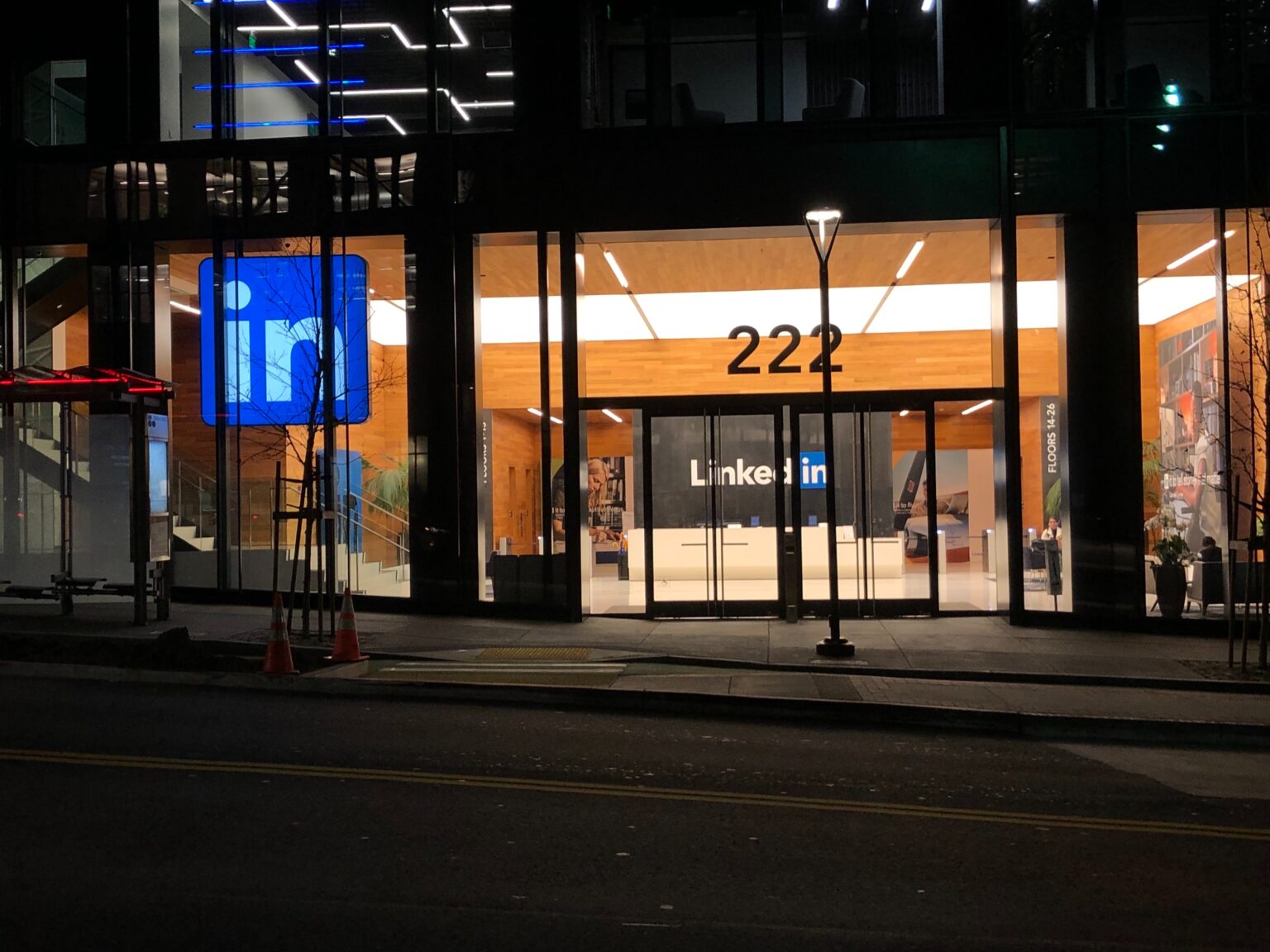LinkedIn is undoubtedly one of the most popular platforms for professionals, job seekers, and businesses. With over 774 million users worldwide, it’s a treasure trove of career opportunities, networking, and industry insights. However, like any other online platform, it’s not immune to security threats. In the past, LinkedIn has faced data breaches and hacks, compromising user information. In this blog, we’ll discuss the LinkedIn hack and provide valuable tips on how users can protect their accounts.
There have now been reports of LinkedIn user’s accounts being taken over by bad actors and there is suspicion of using lead credentials from a previous hack or brute force attack. In 2012, LinkedIn faced a massive security breach in which hackers stole approximately 6.5 million user passwords. This incident underscored the importance of safeguarding personal information on social networking sites. While LinkedIn took immediate steps to address the breach, it served as a stark reminder that no online platform can guarantee 100% security. If you haven’t looked at your account security on LinkedIn recently here are some tips that you should look into.
Use Strong, Unique Passwords
One of the most fundamental steps to secure your LinkedIn account is to use a strong and unique password. Avoid using easily guessable information like birthdays, names, or common words. Instead, create a complex password that includes a combination of letters (both uppercase and lowercase), numbers, and special characters. Consider using a reputable password manager to generate and store your passwords securely.
Enable Two-Factor Authentication (2FA)
LinkedIn, like many other online platforms, offers two-factor authentication. This adds an extra layer of security by requiring you to enter a code sent to your mobile device or email when logging in from an unrecognized device. Always enable 2FA to deter unauthorized access to your account.
Regularly Update Your Password
Even if you have a strong password, it’s essential to change it periodically. LinkedIn recommends changing your password every few months to reduce the risk of unauthorized access. This is especially important if you suspect any unusual activity on your account.
Be Cautious with Third-party Apps
LinkedIn allows third-party applications to access your account for specific purposes, such as job searching or content sharing. However, be selective about which apps you grant access to and regularly review and revoke access for those you no longer use or trust.
Verify Account Activity
LinkedIn provides tools to review your account activity. Periodically check your “Recent Activity” and “Where You’re Logged In” sections to ensure there are no unauthorized logins or suspicious actions.
Educate Yourself on Phishing Scams
Phishing emails and messages are common tactics used by hackers to trick users into revealing their login credentials. Be vigilant and learn to recognize phishing attempts. Always verify the sender’s identity and never click on suspicious links or download attachments from unknown sources.
Keep Your Email Secure
Your email address is often linked to your LinkedIn account. Ensure that your email account is also well-protected with a strong password and 2FA enabled. An attacker gaining access to your email could use it to reset your LinkedIn password.
Regularly Update Your LinkedIn Privacy Settings
Review and customize your LinkedIn privacy settings to control who can see your profile, contact you, or send you connection requests. Limit the visibility of sensitive information to prevent misuse.
Stay Informed About Security Updates
LinkedIn periodically updates its security features. Stay informed about these updates and make sure you’re using the latest security enhancements offered by the platform.
Report Suspicious Activity
If you suspect any unusual activity on your LinkedIn account or believe it has been compromised, report it immediately to LinkedIn’s support team. They can guide you through the recovery process.
LinkedIn is a valuable tool for professionals, but it’s crucial to take proactive steps to protect your account from potential threats and breaches. By using strong passwords, enabling 2FA, and staying vigilant against phishing attempts, you can significantly reduce the risk of your LinkedIn account being compromised. Remember that online security is an ongoing effort, so regularly review and update your security measures to keep your professional profile safe.
If you would like to learn more about keeping your accounts protected, contact the Data Evolution team.
